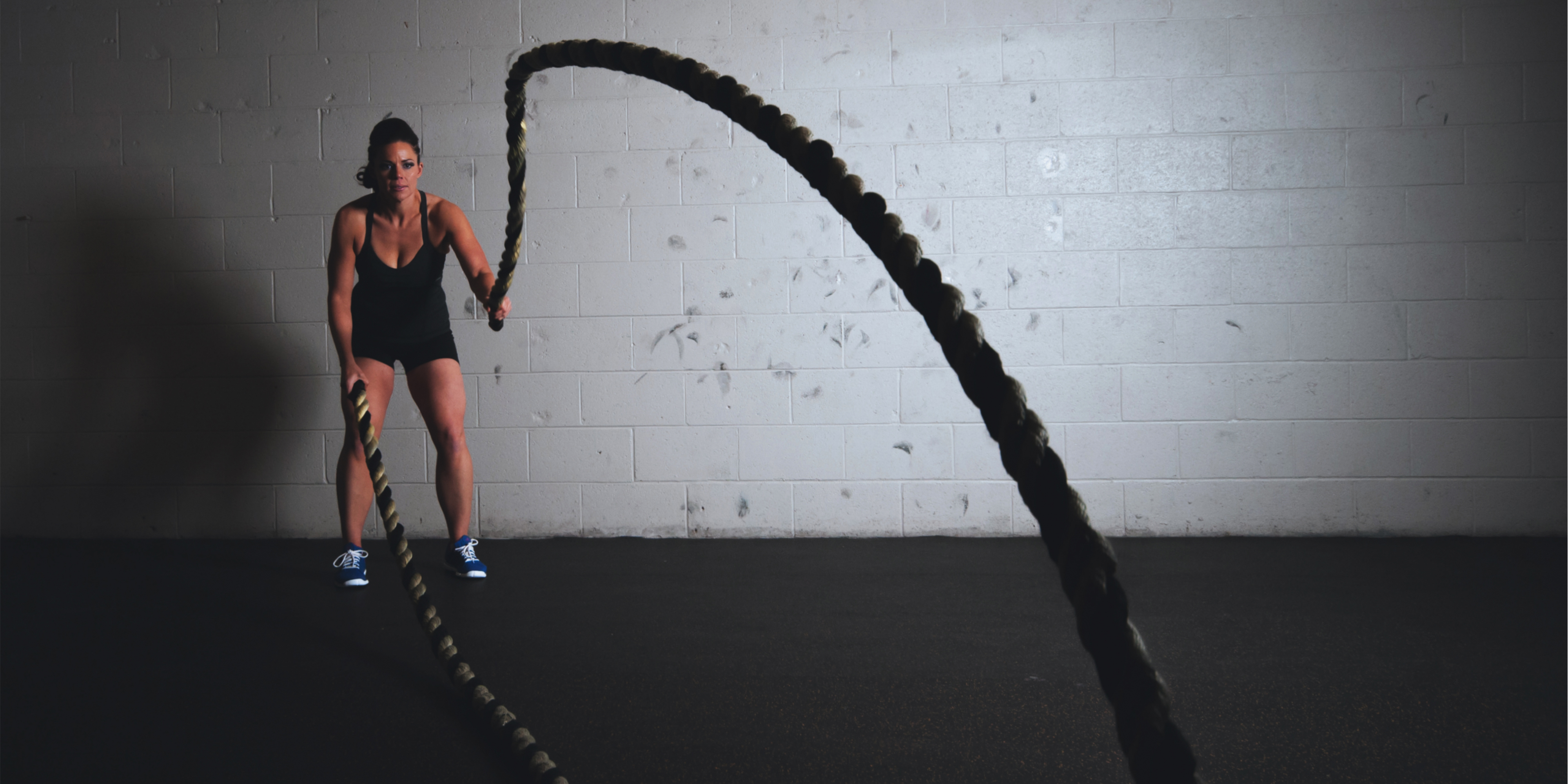“If you do what you’ve always done, you’ll get what you always got.” (Tony Robbins)
What does that mean for you in terms of fitness? If you are dissatisfied with your current fitness level or body shape, then the only way you will see improved changes is to CHANGE your current routine! (This goes both ways: if you become more sedentary or eat unhealthy foods, you will see negative changes in your body.)
Don’t expect to see your strength improve if you don’t lift heavier weights. Don’t expect to see your body fat drop if you don’t improve your diet. Forget the infomercials – if it sounds too good to be true, it is. There is no such thing as a fat-burning pill or a device that will shake your fat off. Think about it: if it really did exist, would there be an obesity problem in America?
Fortunately, there is so much variety when it comes to exercising. You can continually change your workouts to challenge yourself and never be bored again (while seeing positive changes to your health in the process). Check out the group exercise class schedules at gyms – kickbox, BollyX, yoga, Pilates, Zumba, boot camp, Tabata, strength training, cycling, etc. Who knew there was more to fitness than reading while on an elliptical machine?

Out on the fitness floor, try to incorporate these new elements into your current (and possibly stale) routine:
- TRX suspension training (borrow it from the fitness desk) is body weight training with either your upper or lower body suspended by TRX straps. This form of strength training is very intense and challenging. It makes you engage nearly every muscle in your body (especially core muscles) while performing any exercise. TRX can be used for plyometric exercises as well (see below).
- Plyometric exercises help train the athlete for quickness and agility. Plyometrics are only recommended for well-conditioned athletes who have a high-level of strength and flexibility to prevent injury. Adding plyometric exercises 1-2 times a week to a traditional strength training program will improve muscular power and response time, strengthen tendons/muscles around joints to help decrease injury, improve cardiovascular health, and enhance athletic performance (jumping, sprinting, throwing, etc.)
- Stability training with unstable equipment (Bosus, stability balls, balance disks, foam rollers) emphasizes and enhances not only strength, but also dynamic stability, balance, body awareness and neuromuscular control. Executing upper and/or lower extremity movements on an unstable surface trains the core in a way that mimics what you’d experience while performing daily activities (shoveling, carrying groceries, etc.) You can train your mind and muscles to respond quickly and in an integrated fashion when you are off-balance. Doing exercises with one leg or arm at a time on a stable floor – unilateral training – is also considered stability training (single-leg squat, one-arm push-up).
Any change you introduce into your routine will change your body. Your current body, your current shape, your current fitness level – it is a result of your current lifestyle, exercise schedule and diet. If you want to see change, you must get out of your routine. Are you ready for it?
